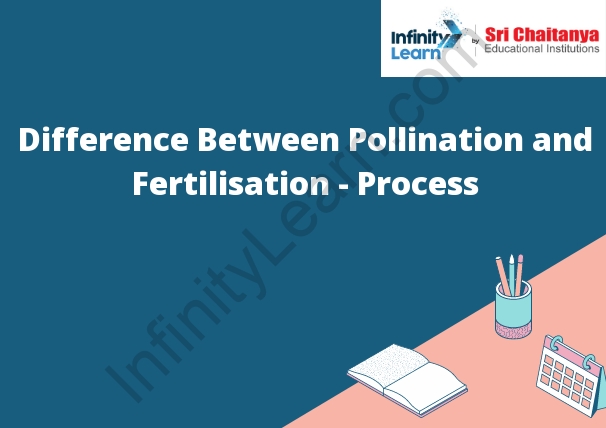Table of Contents
What is Pollination?
Pollination is the transfer of pollen from the male organ or stamen of a flower to the female organ or pistil of a flower. This process is necessary for the fertilization of the ovules and the development of fruits and seeds. Pollination may be accomplished by wind, water, or animals, such as bees, butterflies, and bats.

Types of Pollination
Pollination is the transfer of pollen from the male anther of a flower to the female stigma of a flower. Pollination is necessary for the fertilization of the ovules and the production of fruits and seeds.
There are two types of pollination: self-pollination and cross-pollination.
Self-pollination is the transfer of pollen from the male anther of a flower to the female stigma of the same flower. Self-pollination can occur when the flowers are open or when the flowers are pollinated by the wind.
Cross-pollination is the transfer of pollen from the male anther of a flower to the female stigma of a different flower. Cross-pollination can occur when the flowers are open or when the flowers are pollinated by the wind.
Process of Pollination
Pollination is the process by which pollen from the male anther of a flower is transferred to the female stigma of a flower. Pollen is the powdery substance that contains the male gametes of a plant. The stigma is the sticky surface of the female flower that receives the pollen. Pollination is necessary for the fertilization of the ovules and the production of seeds.
There are several types of pollination. The most common type is self-pollination, in which the pollen from the male anther of a flower is transferred to the stigma of the same flower. Cross-pollination is the transfer of pollen from the male anther of one flower to the female stigma of another flower. Cross-pollination is necessary for the production of new varieties of plants.
Pollination can be done by wind, bees, butterflies, or other animals. When the pollen is transferred by wind or by animals, it is often carried by the hair or feathers of the animals.
Difference Between Pollination and Fertilization
Pollination and fertilisation are two processes that are important in the life of plants. Pollination is the process by which the pollen from the male organ, the stamen, is transferred to the female organ, the pistil. Fertilisation is the process by which the pollen and the ovum unite to form a zygote.
The main difference between pollination and fertilisation is that pollination is the process by which the pollen is transferred to the female organ, while fertilisation is the process by which the pollen and the ovum unite to form a zygote.
Another difference is that pollination can occur without fertilisation, while fertilisation cannot occur without pollination.
How to study Fertilization and Pollination by making notes
Fertilization and Pollination are the two main processes that are involved in the sexual reproduction of plants. Fertilization is the process of the sperm cell from the pollen tube entering the ovule and combining with the egg cell to form a zygote. Pollination is the transfer of pollen from the anther to the stigma.
To study fertilization and pollination, you can make notes on the following:
-The process of fertilization
-The process of pollination
-The role of the sperm cell in fertilization
-The role of the pollen tube in fertilization
-The role of the egg cell in fertilization
-The role of the stigma in pollination
-The role of the anther in pollination
Pollination and Fertilization
Pollination and fertilization are two of the most important processes in plant reproduction. Pollination is the transfer of pollen from the male organ or stamen of a flower to the female organ or pistil of a flower. Fertilization is the fusion of the male and female cells in the ovule to form a new plant.
Pollination is important because it is necessary for the production of fruits and seeds. Fertilization is important because it is necessary for the production of new plants.
There are many different types of pollination. Some pollination methods, like wind pollination, are very efficient and can spread pollen over long distances. Other pollination methods, like insect pollination, are less efficient but can result in the transfer of pollen from one flower to another flower of the same species.
The process of fertilization is also very important. Fertilization can take place in two ways: self-fertilization and cross-fertilization. Self-fertilization occurs when the pollen from the stamen of one flower fertilizes the ovule of the same flower. Cross-fertilization occurs when the pollen from the stamen of one flower fertilizes the ovule of a different flower.
The importance of pollination and fertilization is evident in the fact that many plants cannot reproduce without them. Pollination and fertilization are two of the most important steps in plant reproduction.









